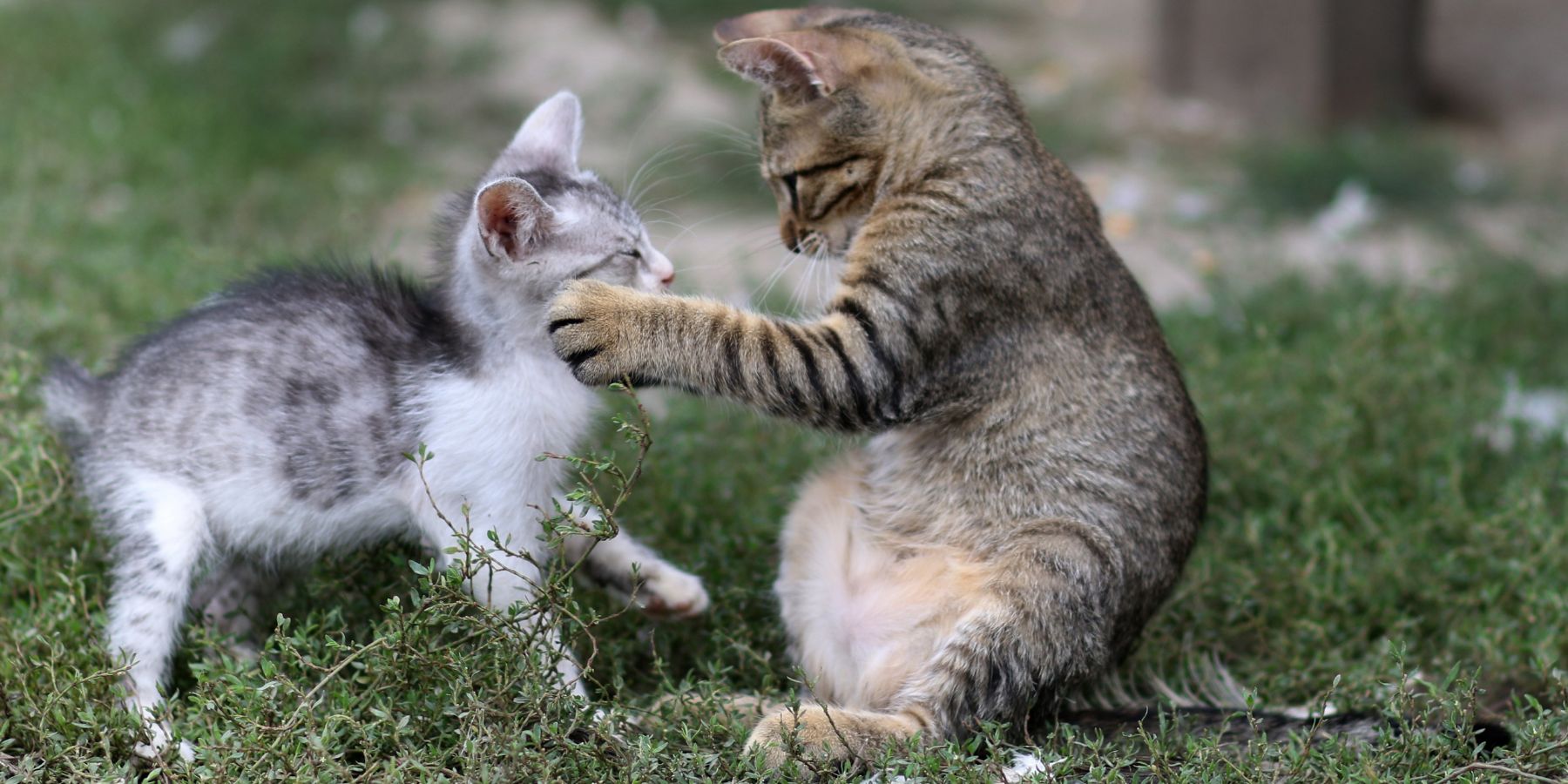Cat aggression can be a challenging issue for cat owners to address. Whether your feline friend is displaying aggressive behavior towards you, other pets, or strangers, it's essential to find practical solutions to create a harmonious environment for both you and your cat. In this guide, we'll explore various aspects of cat aggression and provide effective strategies to manage and discipline a cat when necessary.
Understanding Cat Aggression
Before diving into solutions, it's crucial to understand the different types of cat aggression and what may trigger them. Common types of cat aggression include:
Territorial Aggression: Cats are territorial animals, and they may become aggressive when they feel their territory is threatened.
Fear Aggression: Some cats may react aggressively when they feel scared or threatened by unfamiliar people or animals.
Redirected Aggression: Cats can sometimes redirect their aggression towards an easier target when they are agitated or overstimulated.
Play Aggression: Playful bites and scratches are common in kittens, but if not appropriately addressed, they can develop into aggression issues.
Practical Solutions for Cat Aggression
1. Consult with a Veterinarian
If your cat's aggression is sudden and unexplained, it's essential to rule out any underlying medical issues. Pain or discomfort can lead to aggressive behavior.
2. Identify Triggers
Observe your cat's behavior to identify specific triggers for aggression. Understanding what sets off the aggression can help you avoid those situations.
3. Create a Safe Environment
Ensure your home provides a safe and secure environment for your cat. This includes providing hiding spots and vertical spaces where they can retreat if they feel threatened.
4. Gradual Socialization
For cats displaying fear aggression or aggression towards other pets, consider gradual socialization. Keep initial interactions brief and positive, rewarding calm behavior.
5. Positive Reinforcement
Use positive reinforcement techniques to reward desirable behavior. Treats, praise, and play can be effective tools for reinforcing good conduct.
6. Behavioral Training
Enroll your cat in behavioral training classes or work with a professional cat trainer if the aggression issues persist. Training can help modify unwanted behavior.
7. Consistency is Key
Be consistent with your interactions and responses to your cat's behavior. Inconsistency can confuse your cat and exacerbate aggression problems.
8. Avoid Punishment
Avoid using punishment-based methods to discipline your cat. These methods can increase fear and anxiety, leading to more aggression.
9. Spaying/Neutering
Consider spaying or neutering your cat if they are not already altered. This can reduce aggressive tendencies, especially in male cats.
10. Seek Professional Help
If your cat's aggression remains a significant issue despite your efforts, consult with a feline behaviorist or veterinarian specializing in behavior problems.
Discipline a Cat: When and How
Disciplining a cat should focus on redirecting their behavior rather than punishing them. Cats do not respond well to punishment, and it can damage the bond between you and your pet. Here's how to discipline a cat effectively:
Use Positive Reinforcement: Reward good behavior with treats and praise.
Use Diversion: If your cat is engaging in aggressive play or scratching furniture, redirect their attention to an appropriate toy or scratching post.
Timeouts: For overly aggressive behavior, use a timeout approach. Place your cat in a quiet room for a short period to calm down.
Consult a Professional: If the aggression is severe, consult a professional for guidance on discipline techniques.
Remember that discipline should always be gentle and non-confrontational to maintain a positive relationship with your cat.
Sum Up
Dealing with cat aggression requires patience and understanding. By identifying the type of aggression, implementing practical solutions, and using positive reinforcement, you can create a peaceful and loving environment for your feline companion. Remember, discipline should always be gentle and geared towards redirecting behavior rather than punishment.


